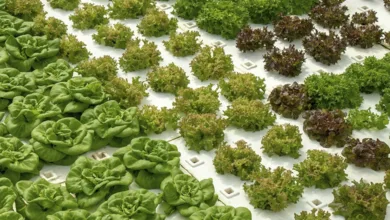5 Different Types of Yoga and Their Benefits
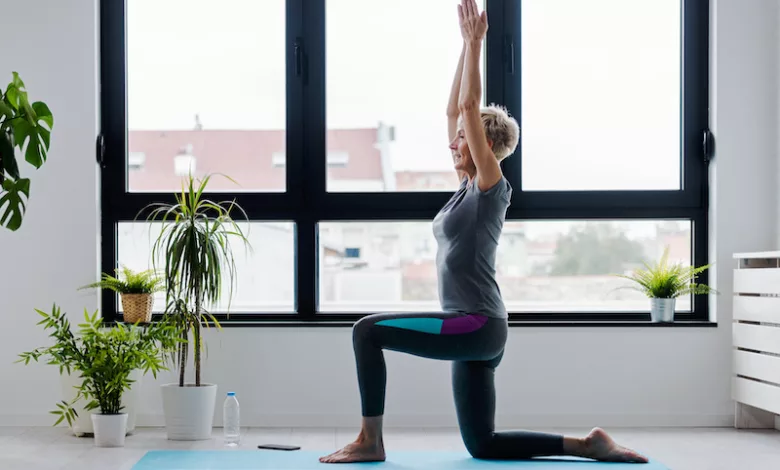
Before I began to practice yoga, I knew it was beneficial – but I wasn’t exactly sure how or why other than the obvious stretching and trying to achieve a calm and relaxed state of mind. I also didn’t know that there were different types of yoga– commonly referred to as “practices” in the yoga vernacular.
Had I known more about different types of yoga and their benefits, I would have likely chosen a Hatha yoga class as opposed to selecting a hot Vinyasa flow the very first time I rolled out my mat!
To save you from finding out the hard way what a hot Vinyasa flow is, like I did, let’s take a look at five different types of yoga and their benefits.
If you’re new to exploring yoga, consider this a mini guide to help you choose the path that’s right for you. If you’re experienced in yoga, you may discover there’s another yoga practice you’d like to try.
1. Hatha Yoga
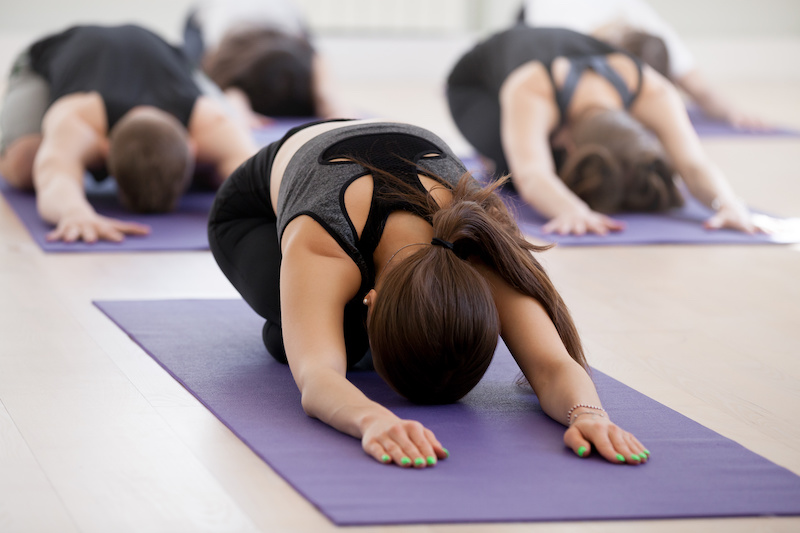
Hatha is the most commonly used yoga practice in the US. When you sign up for a basic yoga class at your gym or studio, Hatha is what is likely to be taught.
Sanskrit: हठ or “force”
Best For: Beginning yogis
Lifestyle: Active lifestyle with a good range of motion
Purpose: Hatha’s purpose and practice is to shape your body by awakening your dormant energy, or “shakti,” into receiving divine energy. Hatha’s “force” refers to the physical postures you hold to receive that energy. It is a combination of movement and breath from which all other styles or practices of yoga stem from.
How it is practiced: Beginning with deep breathing to melt away the world around you while channeling your inner self, you will typically begin with a standing asana. Asanas are practiced separate from one another, not in a movement-to-movement sequence. Hatha yoga postures– or asanas– are held for about one minute each.
Elements of Practice:
- Emphasis on controlling the asanas
- Asanas held for about a minute / 5-6 breaths
- Transition from one asana to another is intentional and with your breath
- Non-heated environment
Benefits of Hatha Yoga:
- Reduces stress & anxiety
- Increased oxygen intake increases circulation
- Strengthens and tones muscles
- Opens joints to improve flexibility
2. Vinyasa or Vinyasa Flow
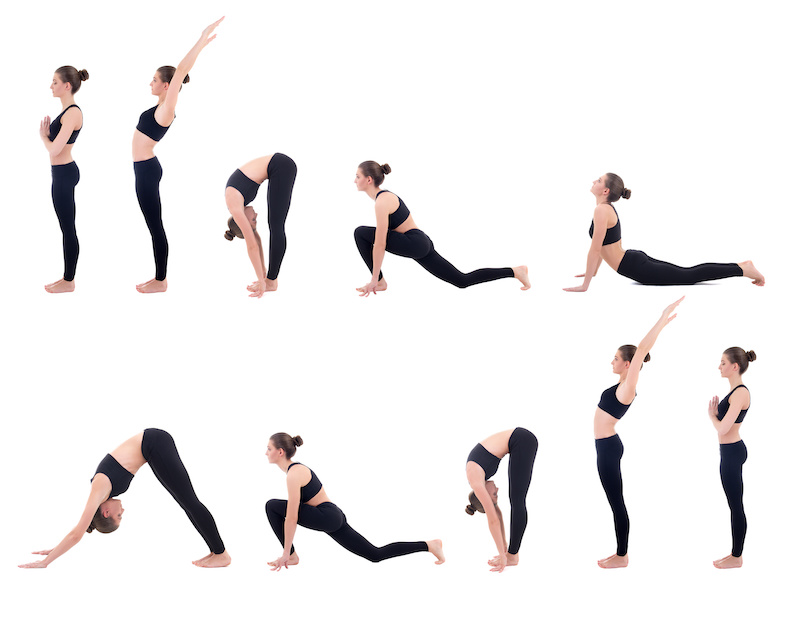
Vinyasa is yoga that is practiced in a flow– a smooth transition from one asana to the next.
Sanskrit: विन्यास or nyasa “to place” and vi “in a special way”
Best for: Beginning to intermediate yogis who want a more cardiovascular yoga practice to strengthen and tone while mastering their asanas.
Lifestyle: Active individuals who can do low-impact with moderate intensity programs
Purpose: To build heat through constant movement paired with breathing (or pranayama) techniques.
How it is Practiced: You will begin either resting on your mat or sitting upright to practice your breathing and center your focus (or drishti). Eventually, you’ll use asanas that move you from the ground to your feet and then back to the mat to end in savasana, your final resting pose. Since it is vinyasa, you’ll move smoothly between asanas. This is where the heat is created. Mini sequences are used in between blocks of asana flows that help to reset the spine to prepare for the next flow. For example, Sun Salutation A may be repeated numerous times in between flows. You’ll likely get a little sweaty.
Elements of Practice:
- Smooth and swift transitions between asanas
- Breathing is used to aid in the transitions
- Each class is unique and challenging
Benefits of Vinyasa Yoga:
- Excellent for heart health
- Improves core strength
- Tones and builds muscles
- Increases flexibility
3. Hot Yoga

Hot yoga is any style of yoga practiced in a heated studio. It should not be confused with Bikram yoga. Bikram also uses heat but has different fundamentals of practice.
Sanskrit: None
Best For: Intermediate yogis who are healthy enough to put some heat stress on the body. It is not recommended for pregnant women or those with heart conditions.
Lifestyle: Similar to Vinyasa, active, healthy adults who can safely do low-impact with moderate intensity exercise with the added increased heart rate
Purpose: Practicing yoga in a heated yoga studio is meant to encourage the release of toxins through sweat, increase your heart rate and deeply loosen the muscles. The heat and slight humidity is meant to simulate the warmness from the sun.
How it’s Practiced: Heated yoga studios get their temperature either from hot air being forced through the air ducts or by infrared panels that hang from, or are mounted on, the ceiling. You may find the infrared to be a more pleasant experience as it warms the room gradually as opposed to the feeling of a furnace blowing on your body. Hot yoga is commonly practiced in a Vinyasa flow style but you will also see Hatha and other forms offered in heated studios as well. Depending on the style of yoga being offered is how the hot yoga class will be practiced. Expect to sweat considerably. Students will commonly bring a yoga towel to place on their mats to manage the sweat or use a natural rubber yoga mat that absorbs the sweat so your hands and feet can find stability during practice.
Elements of Practice:
- Heated yoga studio with temps from 90-108*
- Upbeat music is typically played, though it varies by teacher
- Expect lots of sweating so plan to bring a water bottle and small towel
Benefits of Hot Yoga:
- Softer skin
- Higher calorie burn
- Improves mood– you feel amazing after!
- Builds bone density
4. Yin Yoga
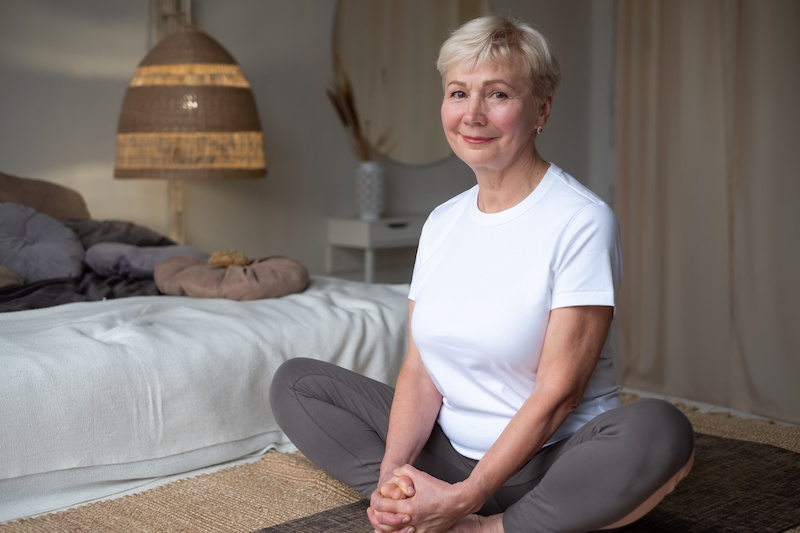
Yin yoga is the cool, calm, slow practice of life. Yin is the opposite of yang yoga – for example, Vinyasa is yang yoga– which is fast paced.
Sanskrit: None– it is based on Chinese Taoist principles of the energy the body holds
Best For: Everyone
Lifestyle: Yin can be practiced by virtually anyone, regardless of health or flexibility levels
Purpose: Yin is the practice of yoga where muscles are meant to stay cool and fully soft. Cool muscles means they can remain soft which encourages deep ligament and connective tissue stretching and circulation to reach all organs and fascia in the body.
How it’s Practiced:
Yin yoga is a series of passive asanas, typically practiced on the floor on your mat– think deep stretching. You’ll begin with some time for guided meditation and move slowly from asana to asana. These grounding asanas are held for extended periods of time and class is typically 50-75 minutes long. The studio will typically be darkened or lit with candles and soft music will play. You may experience a profound release of emotions due to the increased blood circulation reaching areas that may have been blocking energy flow. Of all the different types of yoga and their benefits, yin may prove to be the most powerful when it comes to healing your inner self.
Elements:
- Cool, calm grounding and stretching asanas
- Asanas are held for 5-20 minutes
- Meditation and pranayama (breathing work) become part of the asana
Benefits of Yin Yoga:
- Enhanced mental focus and clarity
- Improved blood and oxygen circulation
- Deeper muscle flexibility
- Opens a space for a more mindfulness way of life
5. Restorative Yoga
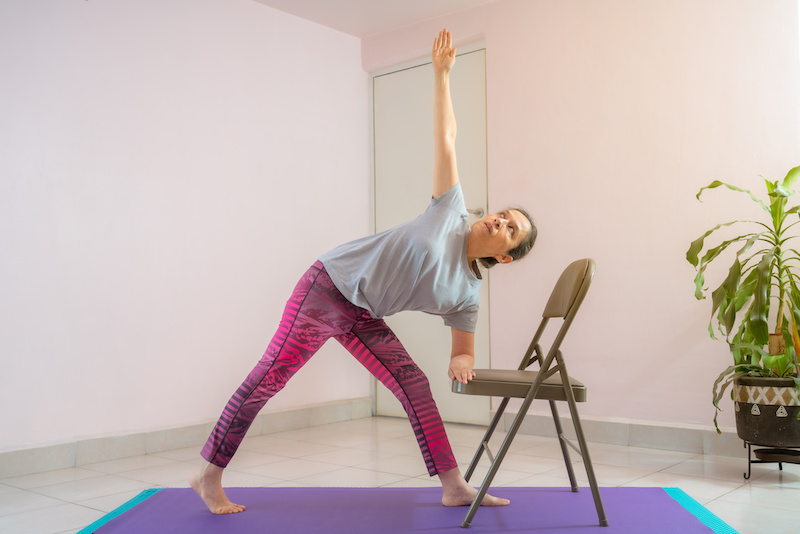
Restorative yoga is a practice of asanas, breathing techniques and basic meditation for those who are recovering from an illness or injury or are managing a great deal of emotional stress.
Sanskrit: none
Best for: Anyone who is unwell or exhausted physically or emotionally or is recovering so they can heal from the spirit outward
Lifestyle: Any adult in nearly any condition or any lifestyle can practice restorative yoga
Purpose: Restorative is meant to help one heal both mind and body. It is a practice of being as opposed to doing so the mind and energy can find space. Stress is powerfully damaging to the physical, emotional, mental and spiritual body. Restorative yoga is taught to allow mental and visceral relief to heal an unsound body.
How it’s Practiced: Restorative yoga is practiced differently than most yoga practices. Relaxation is encouraged so that release of pain and stress can leave the body, allowing it to heal. Many props are used to aid in comfort and support such as bolsters, pillows, blankets and blocks. Restorative yoga is mostly practiced in a reclined position.
Elements of Practice:
- Asanas are fully supported with props and done in a reclined position
- Deep breathing encourages meditation, to free the mind
- Lights off or low lighting paired with the sound of singing bowls or soft music in the studio sets the tone for relaxation
Benefits of Restorative Yoga:
- Deep relaxation and stress release
- Reduces chronic pain
- Comforts and soothes the nervous system
- Enhances any kind of healing
Yoga is For Everyone
One of my favorite things about yoga is that it can be practiced by everyone regardless of their lifestyle or flexibility range. And don’t let an injury or decreased range of motion with a body part or two keep you from giving yoga a try– yoga teachers are trained to offer modifications so you can experience the different types of yoga and their benefits. So, grab your mat and get out there! You may find that one of these different types of yoga is just what your mind, body and soul have been searching for.
FAQs
What is Yoga?
In the west, we perceive yoga as an exercise to tone and stretch the body– typically we consider it to be a physical practice only. However, this is not the case. The word, “yoga” means “union.” The theory is that energy is everywhere and yoga is meant to create a perfect union between a vessel (our body) and the energy of the divine, whatever that means to you, to experience oneness with existence.
Is Yoga Good for Me?
Yes! Yoga has been proven to reduce stress, boost your mood and outlook on life, increase flexibility and lengthen and strengthen muscles, improve heart health, increase circulation and revamp your vitality. There are many different types of yoga and their benefits will prove to be immeasurable.
What is an Asana?
The word asana is the third limb of Ashtanga yoga’s eight limbs of yoga, which means a firm, pleasant and relaxed position. An asana is any pose you hold in any yoga practice.
How are Yin Yoga and Restorative Yoga Different?
Restorative yoga heals an unhealthy body and brings it back to normal functionality whereas yin yoga is practiced with a healthy body to reach its peak state of mental, spiritual or physical well-being.
Do I Have to Be Experienced at Yoga to Try Vinyasa or Hot Yoga?
No, but it will help to understand the fundamentals of the asanas and of a yoga practice, in general, before you try a Vinyasa flow or heated class. Everyone needs to start somewhere with yoga. Don’t keep yourself from trying a new class because you think you won’t be experienced enough. Remember, yoga teachers are trained to assist and guide all levels of yogis!



